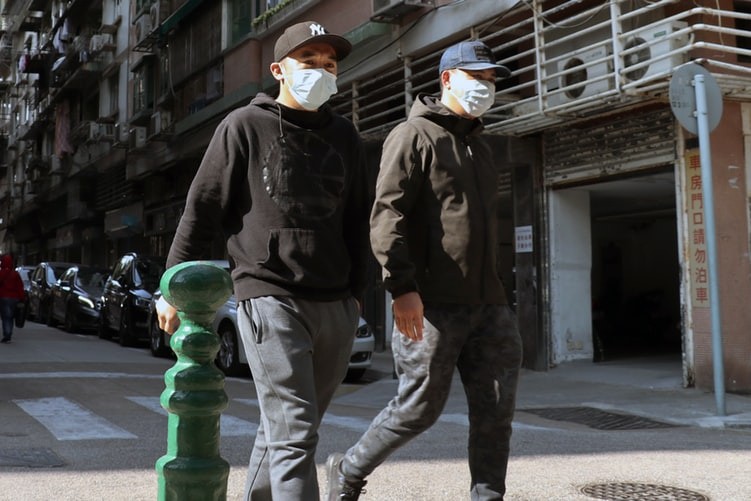
As the novel coronavirus continues to claim lives in China and various parts of the world, the World Health Organization has deemed to rename what is notoriously known as the Wuhan Coronavirus to avoid further stigma to its originating city and its residents. As of Tuesday, February 11, the virus is now called COVID-19, which stands for coronavirus disease 2019. The short moniker is easy to remember and pronounce.
Tedros Adhanom Ghebreyesus, director general of WHO, says that this recent development is brought about by international guidelines that help in keeping proper nouns unblemished. Case in point: Wuhan. Anyone can access the May 2015 document online that states WHO's main objective "to minimize unnecessary negative impact of disease names on trade, travel, tourism or animal welfare, and avoid causing offence to any cultural, social, national, regional, professional or ethnic groups."
History Proves to Repeats Itself
MERS, which stands for Middle East Respiratory Syndrome, was another lethal coronavirus whose name misrepresented a whole transcontinental region. First spotted in Saudi Arabia in 2012, the virus was followed by a dramatic drop in tourists, economic instability and a general sense of distaste for the Middle East and its people. While such reactions from neighboring cities and countries are considered the norm, this is exactly the type of bias that the WHO hopes to pacify.
The new name is indeed a welcome change for the people of Wuhan, China, as their city's name has become synonymous with the illness. As reported, all over the news, the Chinese, in general, have experienced racial discrimination due to public health concerns. Flights in and out of the country and its surrounding territories have been strongly discouraged by the international community thereby causing a rapid decline in tourism and related industries.
Other past examples of such types of less-than-careful labeling are Spanish influenza, Monkey and Chicken Pox, and most recently, the African Swine Fever.
The Death Toll Continues to Climb
As reported by BBC, COVID-19 has now surpassed the death toll of the SARS epidemic in 2002-2003. Across China, the number of confirmed cases has reached an alarming 42, 200. In the Hubei Province, where Wuhan City is located, some 103 people have passed away since contacting the disease. As of Monday, the total mortality rate in the nation has risen to 1,016. This number continues to rise as the days pass, but the number of new infections has gone down from a figure of 3,603 to 2,478. This is nearly a 20 percent drop that should be a relieving piece of news to all.
"With 99 percent of cases in China, this remains very much an emergency for that country, but one that holds a very grave threat for the rest of the world," Ghebreyesus said.
Patients Beyond China
Beyond China, 393 COVID-19 cases have been reported abroad in 24 countries. The New York Times reports that there are already 13 confirmed cases in the United States. Patient number 13, who was evacuated from Wuhan along with 166 passengers on a state department-arranged flight, is the seventh recorded NCOV-19 patient in the state of California. Like most countries, evacuees are expected to undergo quarantine procedures for 14 days. On the other hand, the Pakistani government is reportedly urging its citizens in China to stay put in the hopes of not having the virus spread uncontrollably on native land. Approximately 800 Pakistani nationals reside in Wuhan.
Related article : Coronavirus Cure: Coconut Oil May Help Treat nCov, Research Ongoing








